Tag: AI
-

Architecting AI – seven principles to build production grade AI solutions
Artificial Intelligence (Ai) is high on the agenda for many organizations. Many have started to dip their feet into the waters and build AI solutions themselves, which has resulted in a large number of sandboxes, POCs, pilots, hackathons and other experimental efforts. That is positive and a necessary development to begin to harness the qualities…
-

Computer vision – Turning an image into a thousand words
Vision is so natural to humans that it seems difficult to see how difficult it could be to make computers see. Nevertheless, understanding how human vision works has taken decades for cognitive scientists to uncover. It is therefore all the more complex to make computers see in the same way as humans. The initial goal…
-
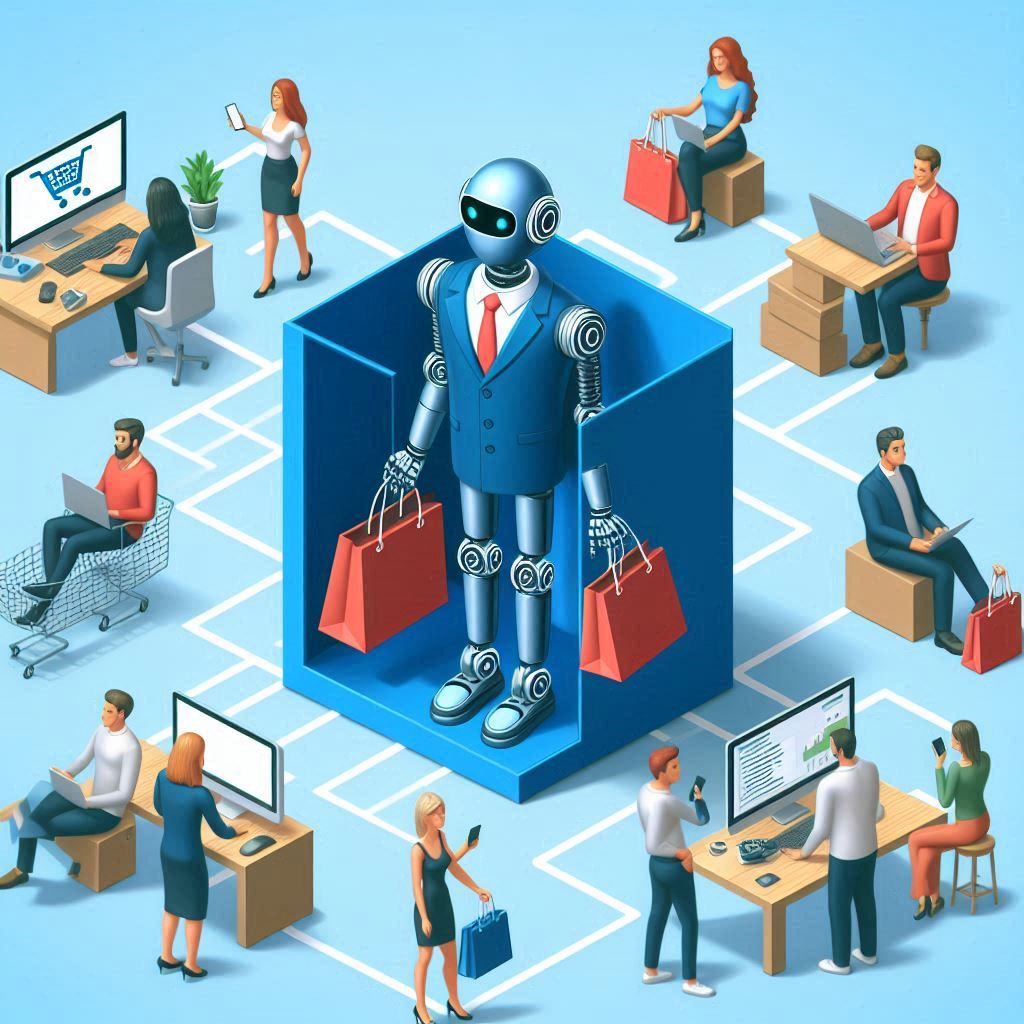
Recommendations (customers like you…)
Rarely has AI had such a transformative impact on the world. Few people even realize it today, but recommendation systems are an example of how technology has fundamentally changed our behavior and shaped expectations about how technology should work.
-
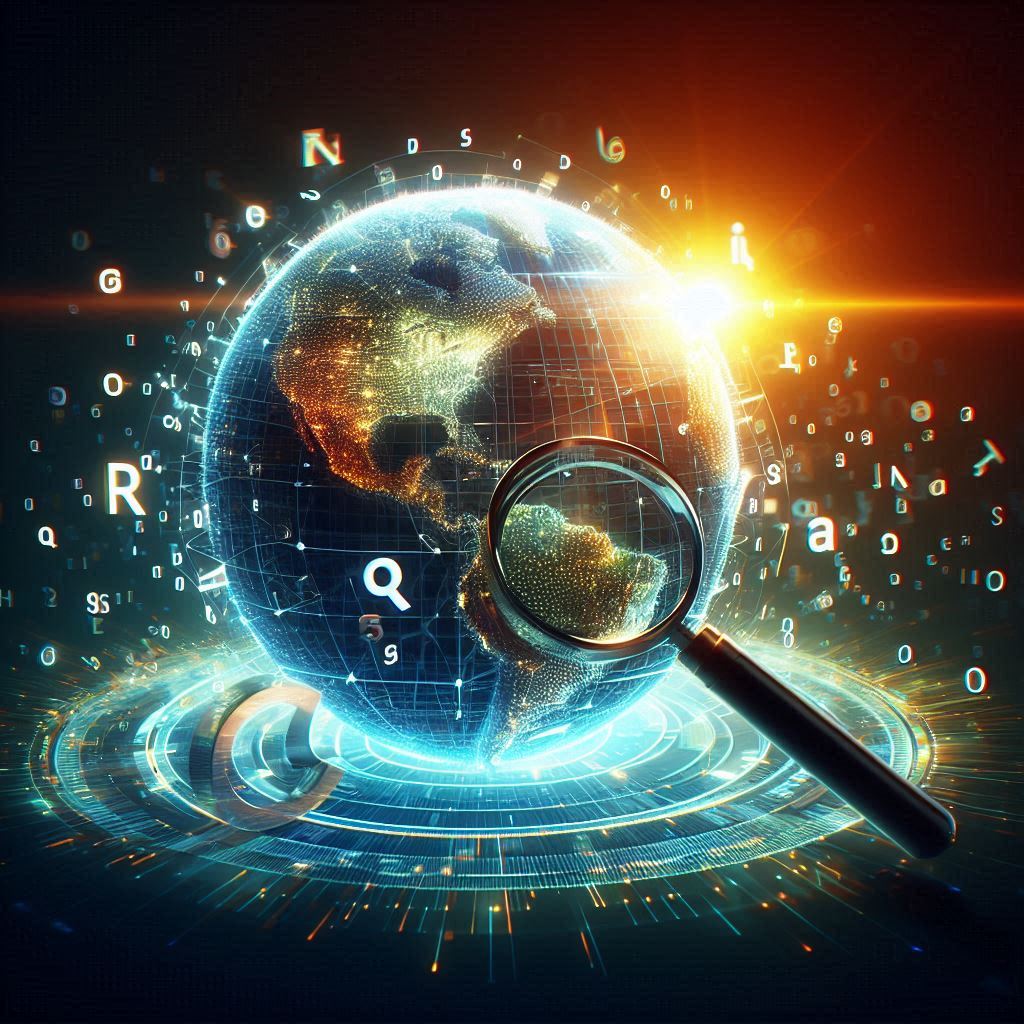
Search – Indexing the world’s information
The relentless pursuit of making vast amounts of information accessible and useful has been the primary driver behind the development of search algorithms. In the early days of the internet, the sheer volume of data being generated posed a formidable challenge: how to efficiently locate relevant information amidst an ever-growing digital sea. This challenge was…
-

The six waves of AI in the 21st century
AI as a technology is more than 70 years old and has gone through ups and downs. The downs have been called AI winters and there have been a few of them. Until the 21st century, AI was used mainly in niche areas: Jim Simmons is thought to have been a pioneer investor using Machine…
-
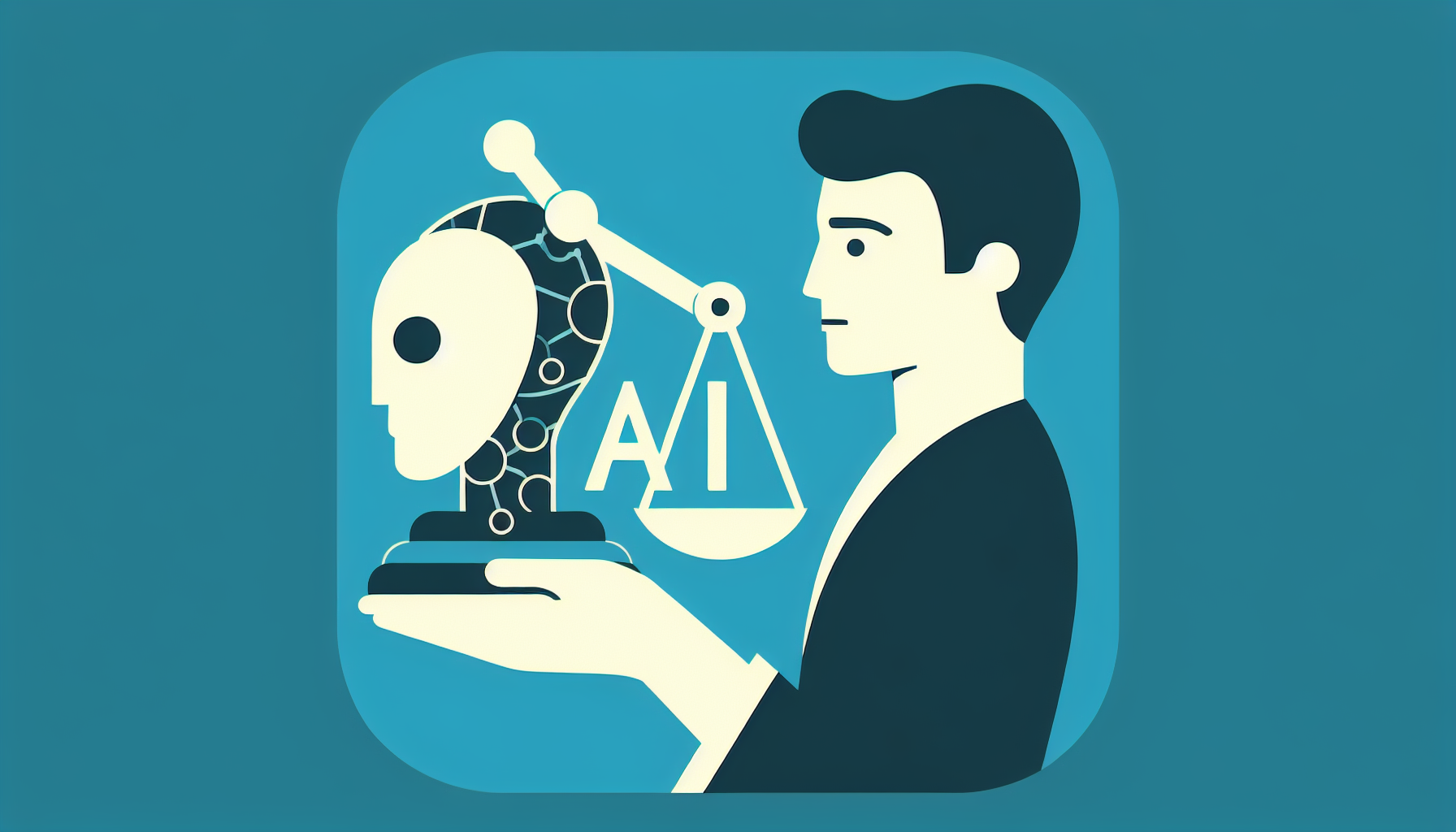
How(not)to do responsible AI
It is a good principle to be responsible. Everyone working with AI technology wants to be responsible, not least the big tech companies like Google, Microsoft and AWS. Unfortunately, such an assertion is not necessarily as straightforward as it might seem. “Principles are helpful to provide guidance to an organization, especially in situations where there…
-
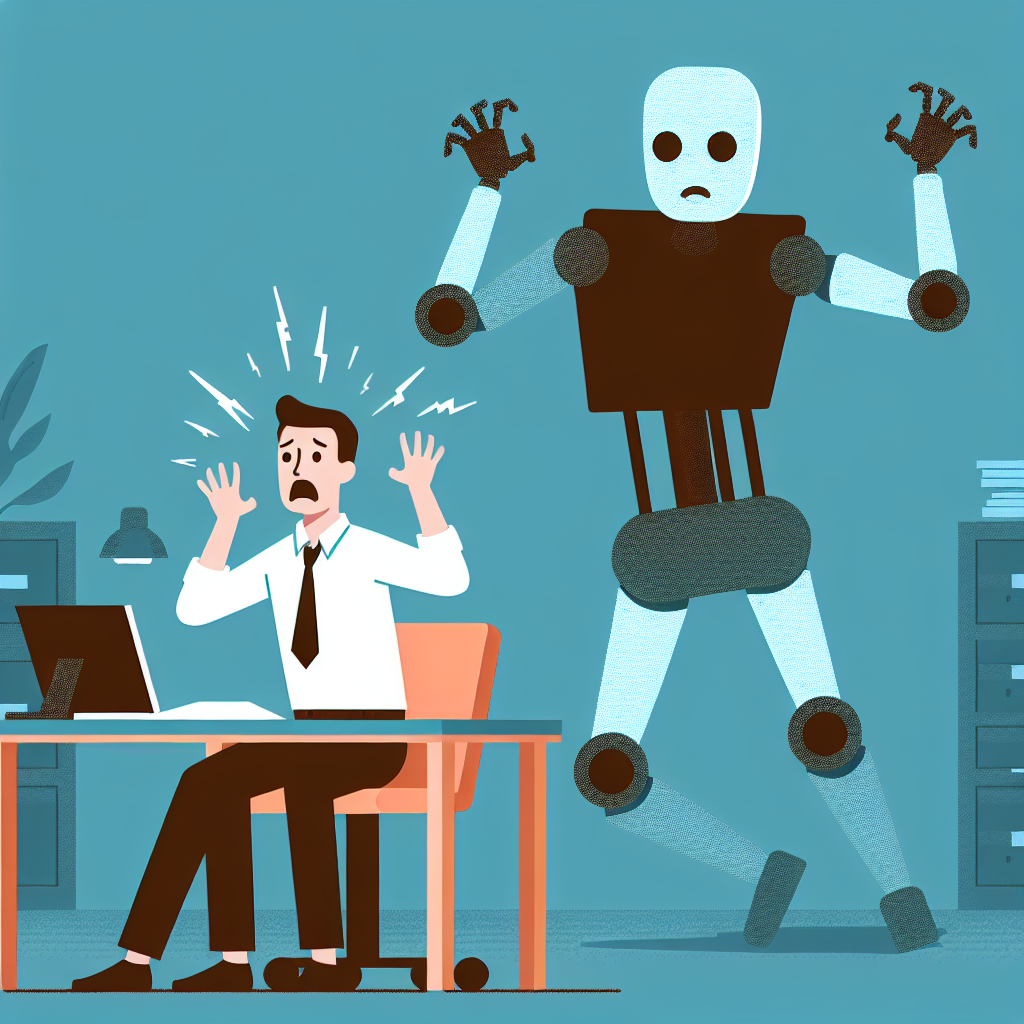
Fight, Flight, or Freeze? – how to respond to the threat of AI in the workplace
At the start of the 19th century, a New England businessman called Frederic Tudor got the idea to sell ice in the Caribbean. After an initial failure (the ice melted), Tudor built ice houses to preserve the ice and succeeded. Ice trade grew into a lucrative global business that transformed the food industry and employed…
-
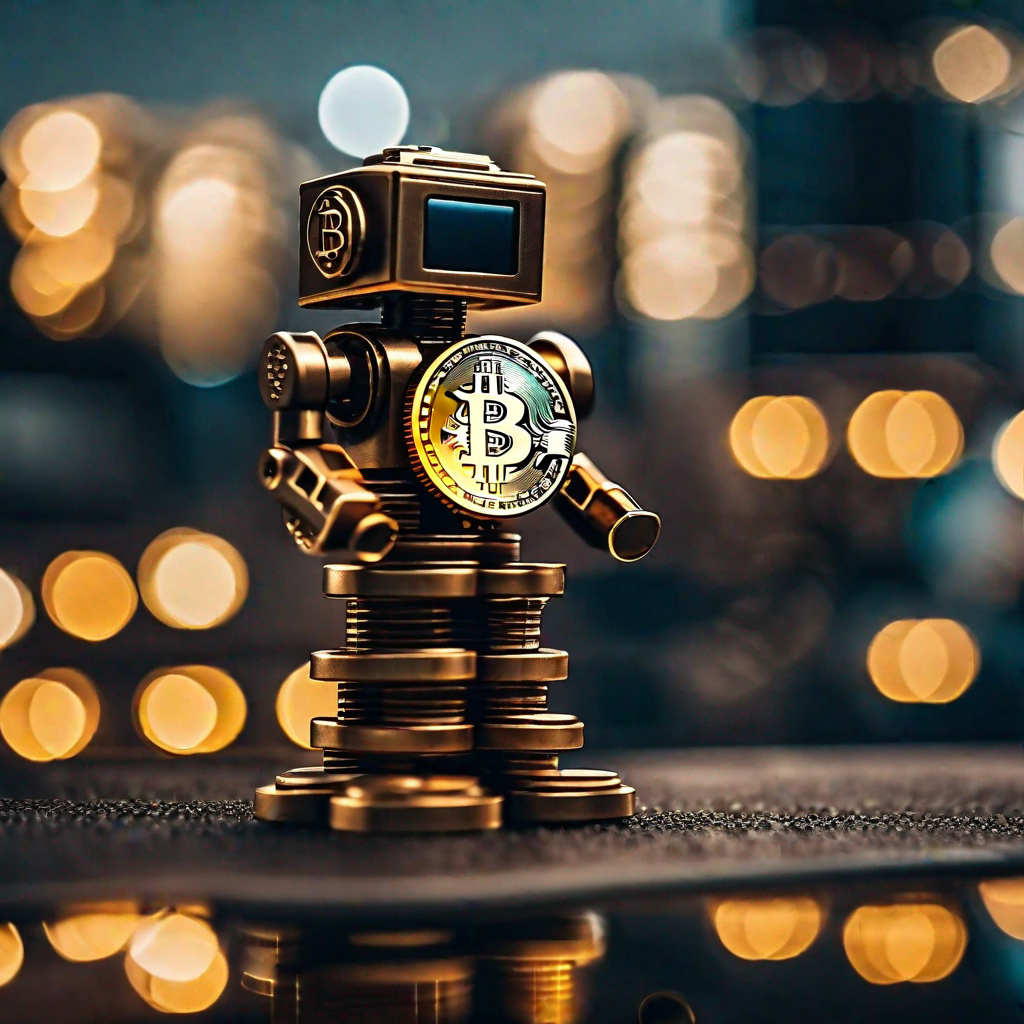
How the Bitcoin may solve the value alignment problem in AI
World leaders and technology experts are worried about the possibility of a malicious AI takeover, where an artificial general intelligence (AGI) escapes and starts exterminating humans. The ongoing debate has fueled the fear that the development of AI could eventually lead to its takeover of the world. Elon Musk, a prominent voice in the debate,…
-
AI is Easy – Life is Hard
Artificial Intelligence is easy. Life is hard. This simple insight should collectively caution our expectations. When we look at Artificial Intelligence and the amazing results it has already produced, it is clear that it has not been easy. The most iconic victories are as follows. Deep Blue beats Kasparov Watson beats champions Brad Rutter and Ken…
